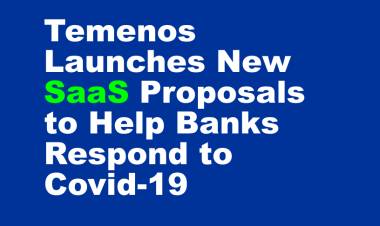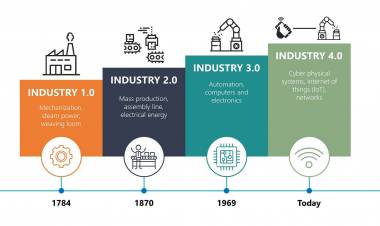Why improve the core banking in 2020?

Why improve the core banking in 2020?
The core banking is the DNA of a bank. Its system combines the technology and operability of the financial entity that runs through all areas integrating machines and employees as a gear to provide the service that the customer expects. However, genetics is not always perfect and there are systems that remained in the past and now do not respond to the new needs of technology. If hardware and software obsolescence occurs, if business requirements change or there is an operational risk, it is time to change the banking core, which unlike DNA can be renewed.
Banks seek to be more competitive and therefore update this platform to accelerate the digital mutation. Because there are already banks that have been left behind and have been affected by not innovating enough. In fact, in November 2015 the DBT Center surveyed 941 business leaders from 12 industries, including financial, worldwide. The result of the investigation is that digital disruption will take four out of 10 companies out of the market.
Banks that don't want to be left behind must, first of all, renew their banking core to improve the user experience. There are examples of the most innovative financial institutions that began with a change in their core and then applied mobile and omnichannel solutions to arrive closer to the client.
To name a few:
Bankaool
Focused on a segment forgotten by the financial system are small and medium enterprises (SMEs). In Latin America, these represent 99% of the total business map of the region and generate jobs for approximately 70% of the total workforce.
Thinking about this segment, Bankaool, a bank that seeks greater financial inclusion through its Pyme Express credit that gives loans of up to USD 180,000 in less than 48 hours. The interesting thing is that the process is limited to the credit applicant entering the essential data of their business on a platform and in minutes the bank gives its rating. Then additional documentation is requested and in less than two days you have the money in your account.
Currently Bankaool has granted more than 120,000 credits and has been recognized by the G20 and the World Bank International Financial Corporation as a global leader in innovation in inclusive businesses.
If innovation goes beyond SMEs. Bankaool is the first bank in Mexico to offer the opening of bank accounts through its internet portal, without users having to make rows or paperwork cumbersome. This bank is convinced that the use of technology allows greater access to financial services to the entire population and that is why it is a pillar in its innovation.
BCP Credit Bank.
With its innovation, clients of this financial institution carry out transactions by telephone and internet 365 days a year. Through these channels, their clients access the services they used to perform only in physical agencies. This change helped them to be more agile and provide greater comfort to their users.
Nubank
This is a more extreme case. It is a bank in Brazil that has a different operation than traditional banks. It has no subsidiaries, only an application with a smartphone. The company offers users different financial products; One of the most popular is a Platinum MasterCard, which is monitored and paid by phone - a product that is aimed at younger customers, as its client averages 28 years.
Why improve the core banking?
These are just three examples, but there are dozens more banks that began with the renewal of the banking core to update their services to current needs and hence innovated in new branches focused on providing more digital services. To the question, why improve the core banking? The answer is simple: in order not to stay in the past, not to decay before the digital wave that forces companies to close and reach new customers; Millennials that are key to business development today.
Change the core to serve millennials
According to a study by The Financial Brand, this generation would be much more likely to change banks than other consumers. One in five respondents (out of 4,000 banking consumers in the US) said they changed their banking provider in the last year, 17% to move to banks online only or with better digital banking service.
This behavior responds to different preferences in banking services. Revealed in percentages, what this generation seeks is:
- 67% want experience in traditional and transparent digital banking
- 47% would like their bank to provide tools and services to help them create and control their budget.
- 48% would like their banks to offer video chat on their website or mobile application to solve their inconveniences in a timely manner.
This generation hyperconnected to their mobile devices requires a change of mentality on the part of banks, so today - more than ever - you must be agile to innovate.



















